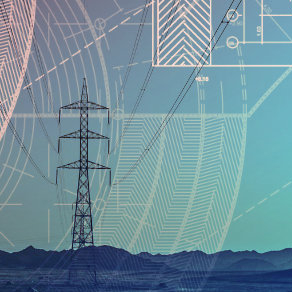
Ever wondered what happens to your household garbage? Actually, it may well end up right back in your home - in the form of electricity.
At waste-to-energy plants, your trash is burnt in order to generate power, much the same way as conventional power plants burn coal, oil or natural gas. But what similarities, if any, are there between the two types of plants when it comes to automation?
The power produced by both has to be sold on day-ahead or intraday markets, and plant operators have to provide information about production, submit forecasts on planned production and report to local market authorities.
IT automation is theoretically possible for all of these processes - it reduces the number of human errors and enables system-to-system communication.
In conventional power plants, however, human interaction cannot be fully replaced, not even by sophisticated automation, because the optimization of power production is more complex and there are several strategies available.
Waste-to-power plants are another story. Since they are characterized by base load production, the processes relating to the power market are repetitive. This makes full automation (e.g. schedules, validations, confirmations) not only possible, but a relatively simple way to increase efficiency. Why should a human do the same task every day?
The actual implementation of this automation, though, is anything but simple. A number of interfaces have to be developed and maintained, so many companies turn to custom software solutions or classical service providers, even though cloud-based solutions can deliver full automation at a much better value for money.
See it for yourself by checking out our solution, API-CS.




